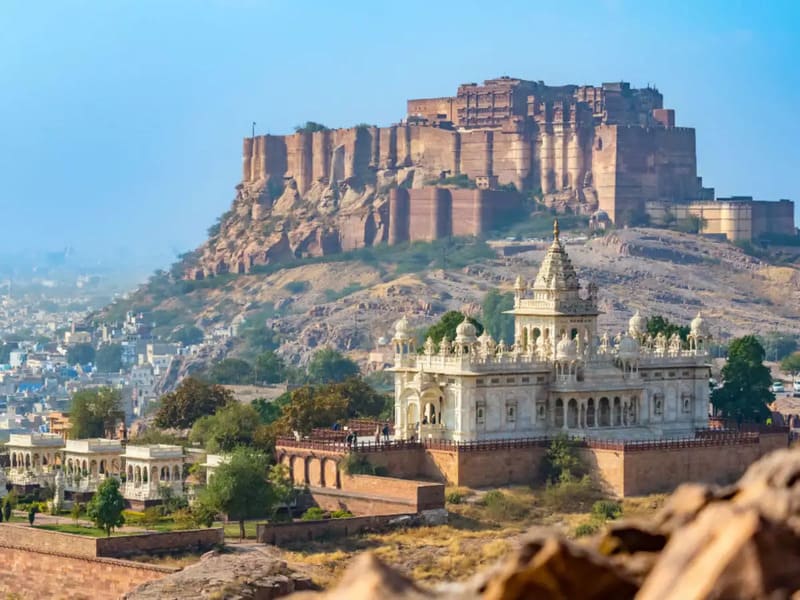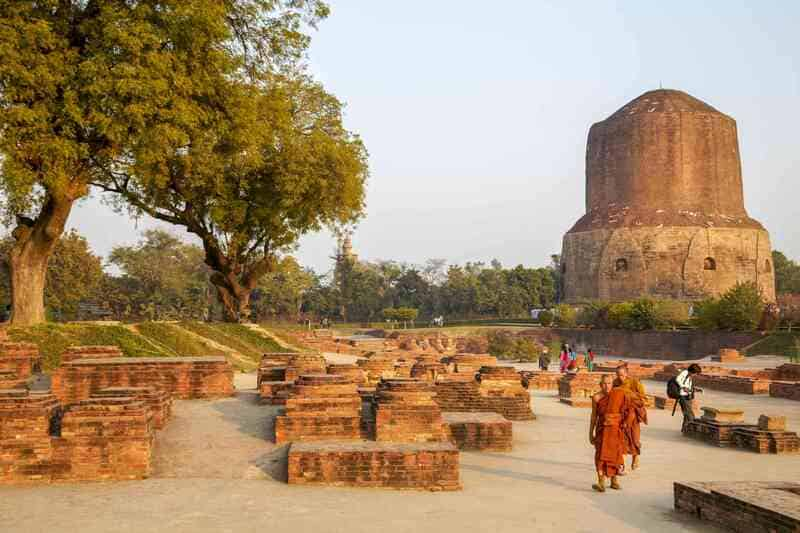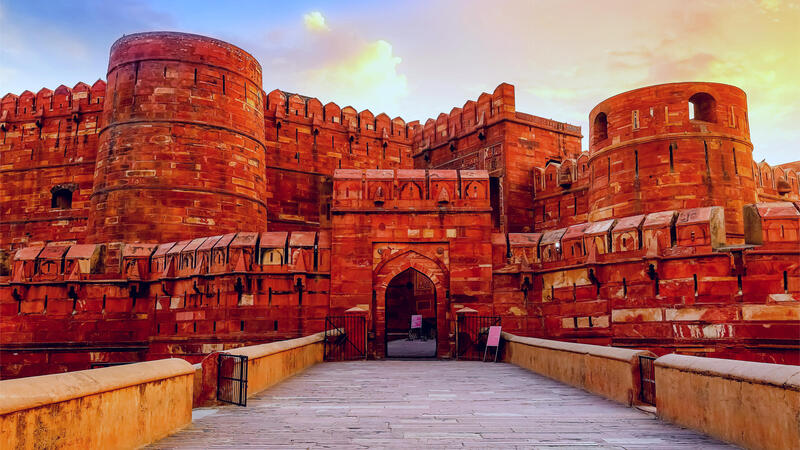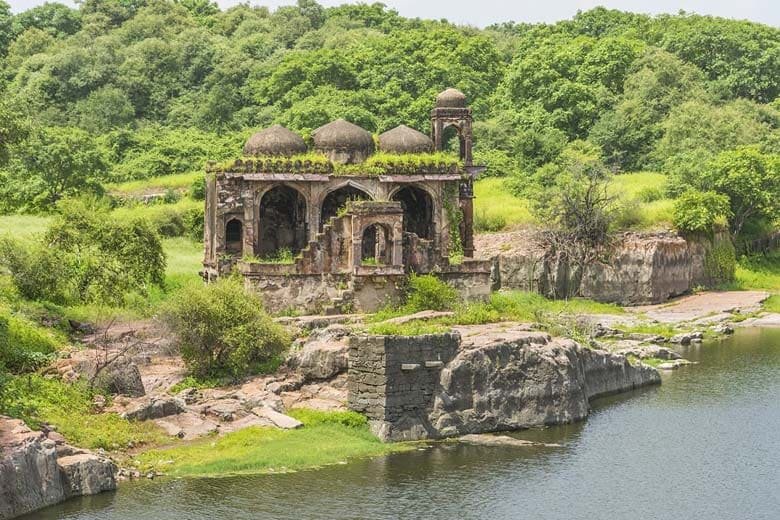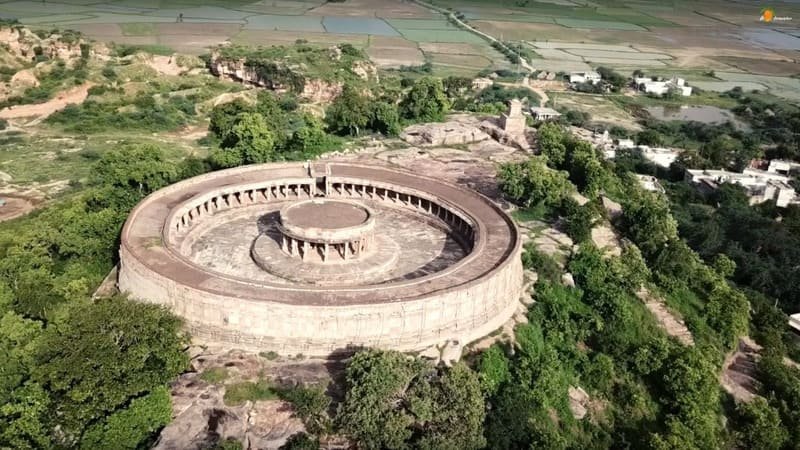
Nalanda University, Bihar.
chabila road, Rajgir, Bihar 803116.
Nalanda University is a historical site located in Bihar, India. It is a testament to India's rich history and the importance of education in ancient India. The university was founded in the 5th century and is considered to be one of the world's oldest universities. It was an important center of learning for over 700 years until it was destroyed by invaders in the 12th century. Today, the ruins of Nalanda University are a UNESCO World Heritage Site.
In this blog, we will explore the history, architecture, and significance of Nalanda University in detail.
History
Nalanda University is one of the oldest and most prestigious universities in the world, and has a rich and storied history that dates back to the 5th century CE. The university was established during the reign of the Gupta Empire, which was one of the most powerful empires in ancient India. The founder of the university was a Buddhist monk named Kumarajiva, who was originally from the Kingdom of Kucha in what is now modern-day Xinjiang, China.
Kumarajiva was a renowned scholar and translator who had a deep knowledge of Buddhist philosophy and texts, and he was instrumental in bringing the Mahayana school of Buddhism to India. He was invited to the court of the Gupta Emperor, who recognized his immense talent and asked him to establish a center of learning in the region. Kumarajiva chose the site of Nalanda, which was a quiet and secluded place in the state of Bihar, surrounded by dense forests and rolling hills.
The university was initially founded as a center for Buddhist studies, and quickly grew in size and reputation. Over the centuries, Nalanda became a thriving hub of scholarship and learning, attracting students and teachers from all over India, as well as from other parts of Asia, such as China, Japan, and Korea. The university offered a wide range of courses and disciplines, including astronomy, medicine, mathematics, philosophy, and theology, and had a library that was said to contain hundreds of thousands of books and manuscripts.
During its heyday, Nalanda University was a center of intellectual and cultural exchange, and played a vital role in the spread of Buddhist teachings and philosophy throughout Asia. It was also a place where scholars from different religious traditions could come together and engage in dialogue and debate, leading to the development of new ideas and insights.
Despite its many achievements, the university faced several challenges over the centuries. It was frequently attacked by invading armies and suffered from declining patronage and support from the ruling classes. Eventually, in the 12th century CE, the university was destroyed by Muslim invaders from Central Asia, and fell into ruins.
For many centuries, the ruins of Nalanda were forgotten, hidden away in the dense forests of Bihar. However, in the 19th century, British archaeologists began to uncover the remains of the university, and the site was eventually recognized as an important cultural and historical monument. Today, Nalanda University is a UNESCO World Heritage Site, and efforts are underway to preserve and protect the site for future generations.
Architecture
The architecture of Nalanda University is a testament to the skills of ancient Indian craftsmen and architects. The university was built on a vast site, with several buildings, temples, and stupas. The buildings were made of brick, with intricate carvings and decorations. The university was surrounded by a wall, and there were four gates to enter the campus.
The most prominent building in the university was the nine-story library, which was called Ratnodadhi. It was said to contain thousands of manuscripts and texts in various languages, including Sanskrit, Pali, and Prakrit.
There were several temples in the university, including the Sariputra Stupa, the Ananda Temple, and the Ratnagiri Temple. The temples were adorned with beautiful carvings and sculptures of gods and goddesses.
Significance
Nalanda University is significant for several reasons. First, it was a center of learning that attracted scholars from all over the world. The university was an important site for the study of Buddhism, Hinduism, Jainism, and other religions. It was also a center for the study of science, mathematics, and philosophy.
Second, Nalanda University was a residential university, which means that students and teachers lived on campus. This was a unique feature of the university, which allowed for a close interaction between students and teachers. This model of education was later adopted by other universities in India and around the world.
Third, the architecture of Nalanda University is a testament to the skills of ancient Indian craftsmen and architects. The university was a center of art and culture, and the buildings and temples are a testament to the richness of Indian culture.
Fourth, Nalanda University is significant for its contribution to the development of Buddhism. The university was an important center for the study of Buddhist philosophy and attracted scholars from all over the world. The university's most famous teacher, Nagarjuna, is still studied by Buddhist scholars today.
Conclusion
In conclusion, Nalanda University is a site of great historical and cultural significance, representing a pinnacle of ancient Indian knowledge and scholarship. The ruins of the university complex serve as a testament to the remarkable achievements of the scholars and students who once studied and taught there, and the legacy of Nalanda has continued to inspire generations of thinkers and learners. Today, efforts are underway to preserve and protect the site, ensuring that it remains a vital part of India's rich cultural heritage for many years to come. Whether you are a history buff, a student of philosophy, or simply an avid traveler with an interest in exploring the world's most fascinating destinations, a visit to Nalanda University is sure to be an unforgettable experience.

